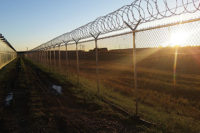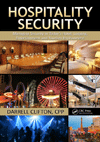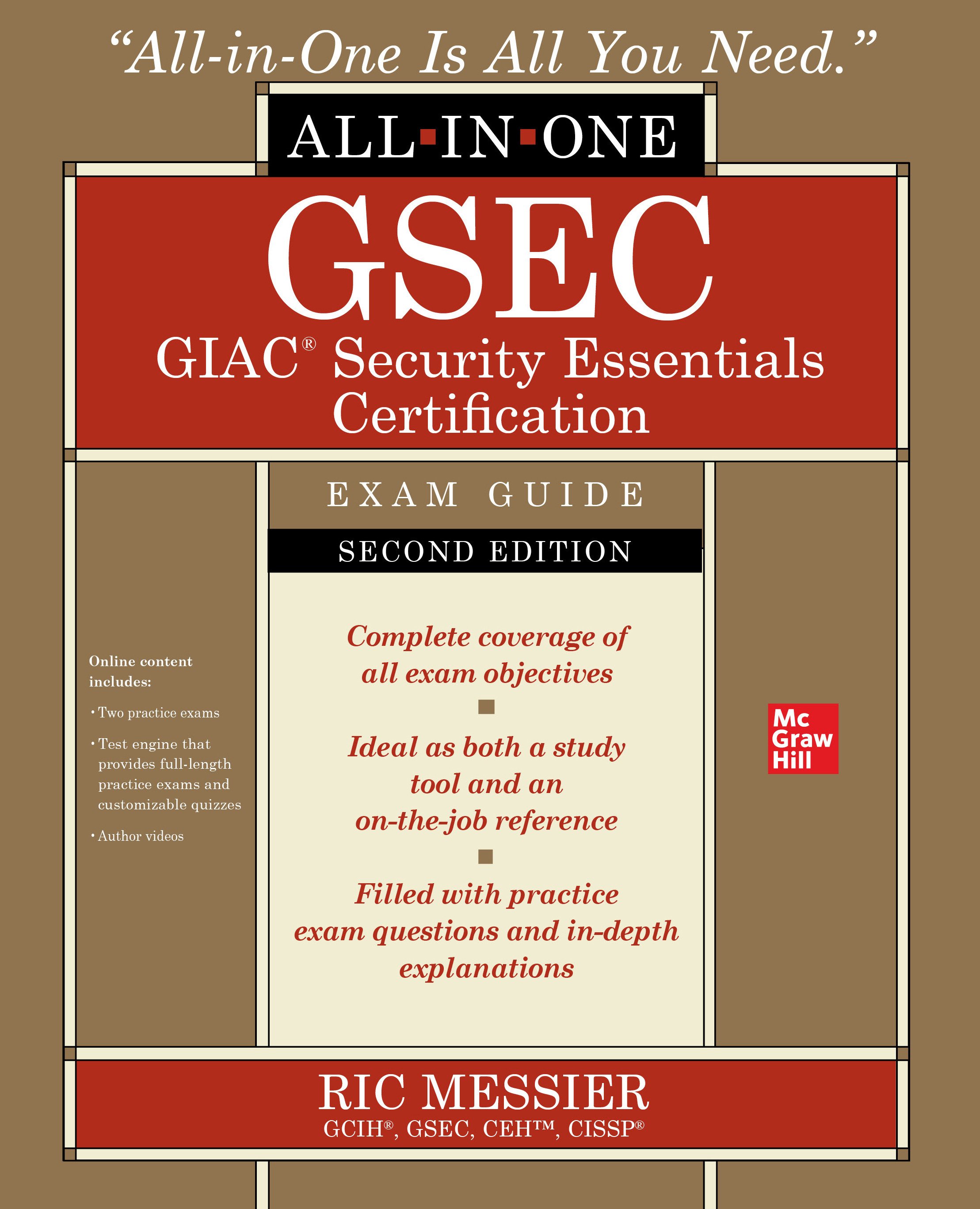Finding Sustainability's Purpose in Security
The most environmentally sustainable building in the world is the Change Initiative Building in Dubai, based on the LEED Commercial Interiors rating system.

The most environmentally sustainable building in the world is the Change Initiative Building in Dubai, based on the LEED Commercial Interiors rating system. Bill Jolly, Director of MEP (Mechanical, electrical and plumbing design) and Sustainability at Ramboll, the lead engineer on the Change Initiative Building, said: “Our mechanical, electrical and plumbing design teams along with the fire engineering and sustainability teams embarked upon a mission to ensure that the most cost-effective sustainable solutions were offered to our valued client. In order to achieve these particular targets and to ensure the most cost-effective recommendations for the customer, the team evaluated each and every possible solution available.”
Yet, nowhere in Jolly’s quote does he mention security systems. Not the power supply needed for an IP camera, nor the batteries required for a wireless access control device.
It is worth noting exactly what sustainability is. The University of Maryland website says that the widely accepted definition of sustainability is to “...meet the needs of the present without compromising the ability of future generations to meet their own needs” (Brundtland Commission, 1987). In addition, “Sustainability is not solely about environmental stewardship, although many people associate the term with the environment. As the graphic here demonstrates, the social and economic dimensions are equally important and round out what is referred to as the ‘triple bottom line,’ a standard of ethical responsibility many corporations, institutions and governments have adopted as a guiding principle.”
At the recent ISC West Conference and Exposition in Las Vegas, sustainable security solutions were both everywhere and nowhere. As a judge for the Security Industry Association’s New Product Showcase at ISC West this year, I had the opportunity to participate on one of seven judging committees. Interestingly, several of the nominated solutions within locks, access control and video were actually quite green. Presenters went out of their way and spent a significant amount of their limited presentation time (12 minutes) to document how much lesselectricity their solution used than current products.
One presenter shared that from concept for raw materials to electrical requirements to recycling at the end of its lifecycle; its product’s overall impact on the environment met the highest LEED standards. Further, the presenter noted that so many RFPs now require sustainability standards and information, and that this type of design was becoming a necessity to compete.
Which means that you, dear Security Leader, are participating in your enterprise’s move toward sustainability for both social responsibility and for cost reasons, if you aren't already there. The logic path indicates that you are driving change back up the supply chain by directing the architects and engineers to include sustainable or environmentally friendly solutions within specifications. They are rewriting specifications, and the suppliers in the market are responding. So, while it seems to be happening everywhere, it is still hard to find case studies that point to “sustainable” as a core driver for change and buying decisions.
That's because sustainability as a topic has been elusive for the security market. Our sister publication,SDM, recently published its third “Green” focused issue. It found that in 2012, most security dealers and integrators focused their operational efforts to be green, with stories of recycling and turning lights out. There were no stories of a manufacturer losing out on a project because the energy consumption of their product was too inefficient or the materials used too damaging to the environment. In 2014, things are moving toward the line card, and sustainability is creeping into the products and the discussion. But it appears to be an evolution, not a revolution.
This brings us back to the New Product Showcase. With more than 100 entries across 26 categories from access to video (with green in the ‘Gs’), the Green category received zero entries. Yet in the judge’s discussions, the topic was everywhere. Many of the entrants across all of these other categories continued to discuss the fact that sustainability, customer demands and corporate citizenship goals had driven a “new and greener design for our new ….”
Is sustainability changing the solutions you are specifying in your enterprise? Or is it lonely to be green? Please let us know. Because so far, sustainability is everywhere. And it’s also nowhere.
Looking for a reprint of this article?
From high-res PDFs to custom plaques, order your copy today!







